Magnificent medieval cities across the world you need to visit
Charming medieval metropolises
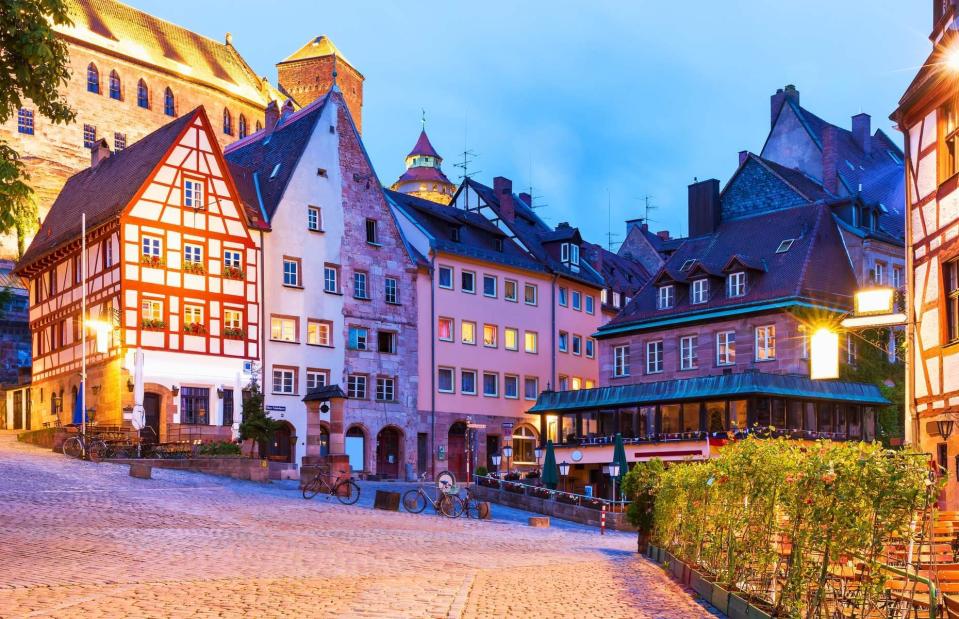
Oleksiy Mark/Shutterstock
The Middle Ages – from around AD 500 to 1500 – produced some of the finest and most beautiful architecture in the world and if you know where to look a surprising amount is still standing. From fabulous fortifications in France to the higgledy-piggledy streets of Vietnam’s capital we take a tour of charming medieval metropolises around the globe.
York, England
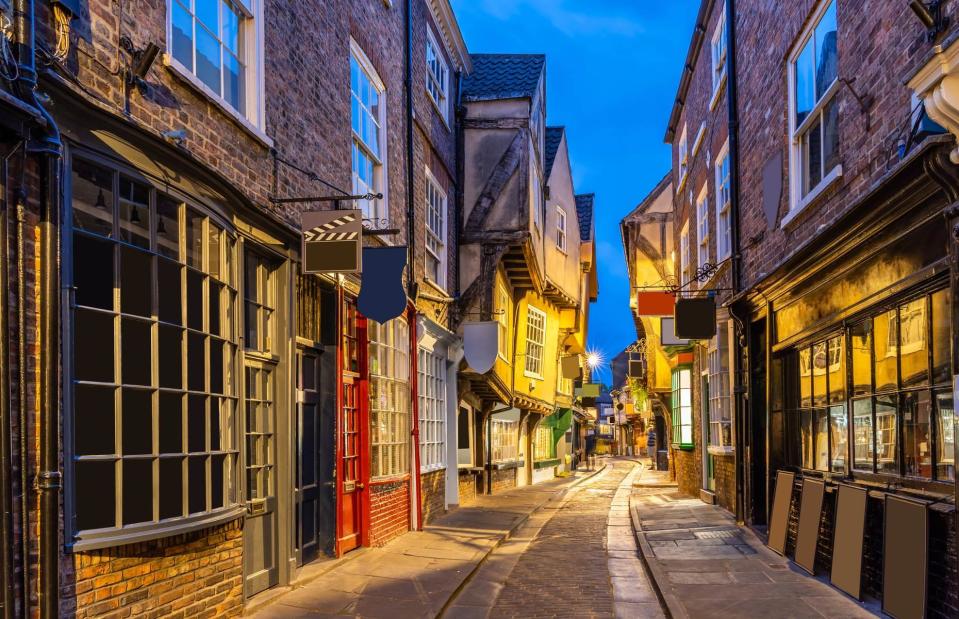
vichie81/Shutterstock
Although it dates back to Roman times, York flourished during the Middle Ages. The city built its wealth on trading in wool and textiles, and society's most affluent people invested in property such as the cottages of Our Lady’s Row in Goodramgate, dated to 1316. Star sights here include The Shambles, a street seemingly straight out of Harry Potter, which takes its name from the butchers' benches, placed outside shops to display wares. York Minster, constructed between 1230 and 1472, is one of the finest examples of Gothic cathedrals in the world too.
Česky Krumlov, Czech Republic
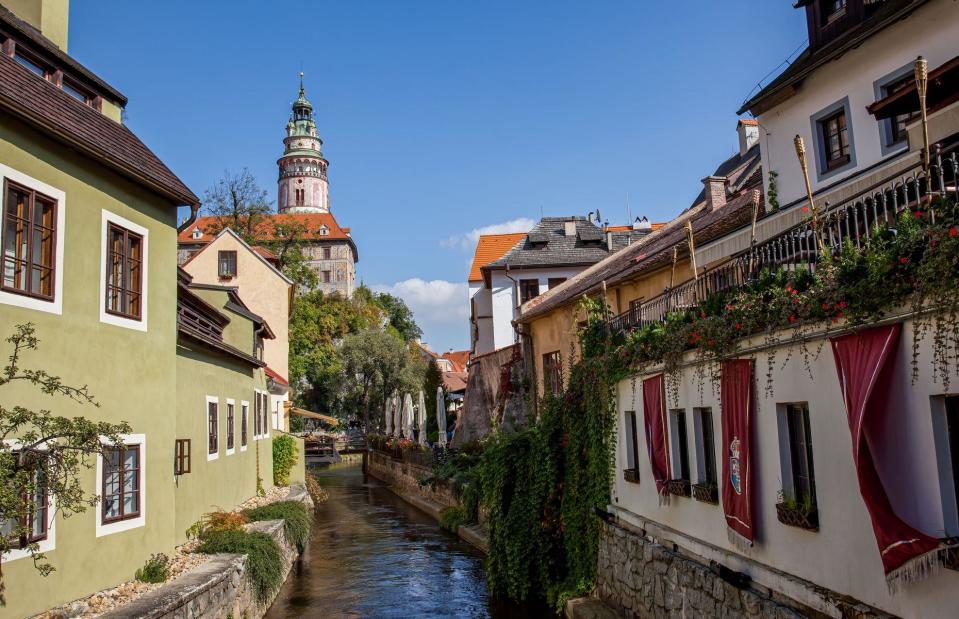
kps1664/Shutterstock
Česky Krumlov – whose name is purported to mean 'Crooked Meadow in Czechia' – is tucked away in a bend of the Vltava river in the Czech Republic's south. Small but perfectly formed, it's crisscrossed with narrow, winding streets and dominated by its huge castle, dating from the 13th century. Over all that time, only three aristocratic families have ever owned the place. The city's other prominent structure, the Gothic church of St Vitus, was consecrated in 1439.
Hanoi, Vietnam
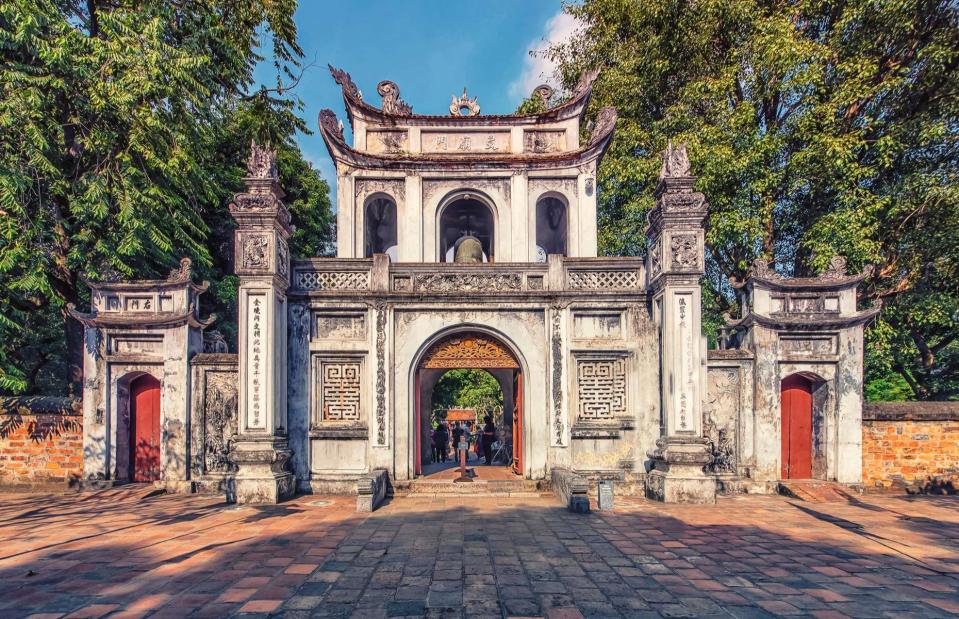
manjik/Shutterstock
The ancient capital of Vietnam, set on the banks of the Hong river in the north of the country, has a fascinating labyrinth of streets dating back a thousand years. Medieval shop fronts, where merchants traditionally lived above their premises, stick out among the modern architecture. Particularly striking, the Temple of Literature began as a university in the 11th century, and was where the teachings of Confucius were traditionally imparted.
Fez, Morocco
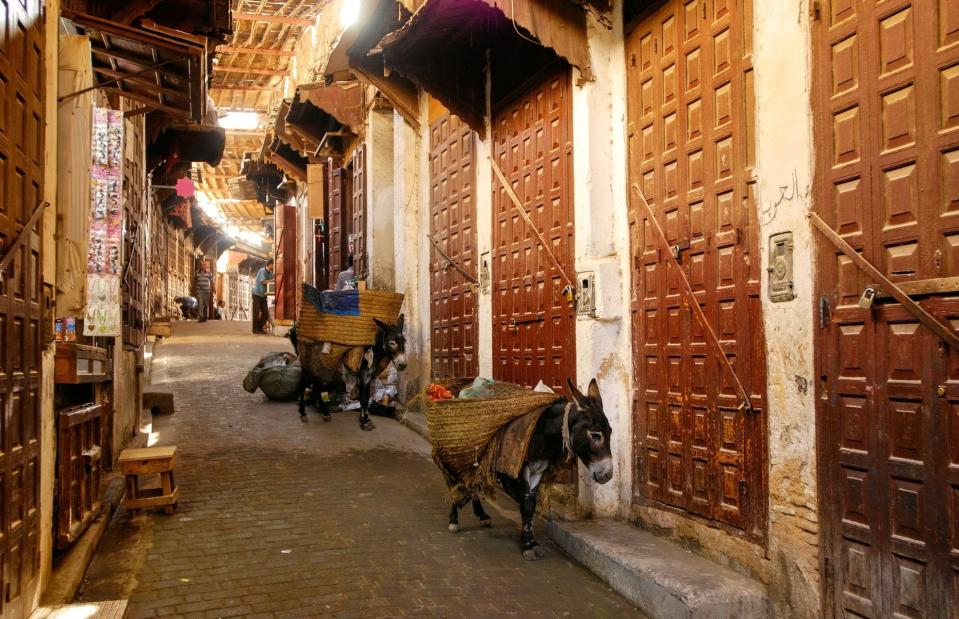
Boris Stroujko/Shutterstock
The city of Fez in northern Morocco was first mentioned in 789, but most of its famous landmarks date from the 13th and 14th centuries. In fact, the old town, or Medina, is one of the best-preserved medieval towns in the Arab world. It's tipped as having the world’s largest pedestrian zone, with a tapestry of narrow streets, busy squares and souks lined with goods. The city also has an ancient university and religious schools, and its traditional trade of tanning leather continues to this day.
Bamberg, Germany
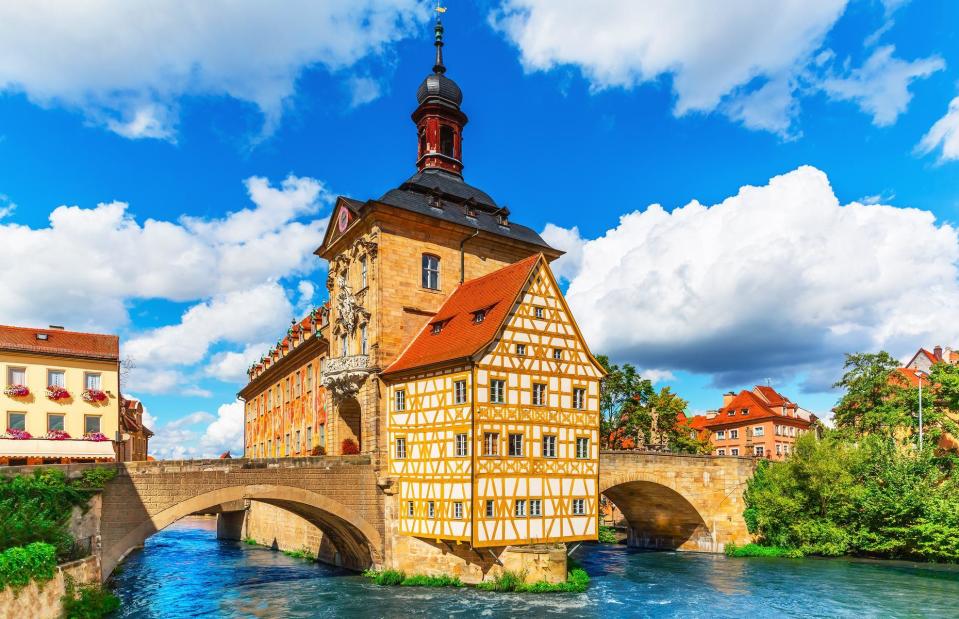
Oleksiy Mark/Shutterstock
First mentioned in 902, Bamberg lies in the southern German state of Bavaria. The town is famous for brewing beer – especially dark smoke beer – and a handful of breweries still exist in the city, many with their own pubs. One such venue is the delightfully crooked Schlenkerla pub, housed in a building dating from the 15th century. Another picturesque sight, the Little Venice area of the town boasts medieval fishing houses along the banks of the river Regnitz, while the quirky town hall rests on an island linked by two bridges.
Sighisoara, Romania
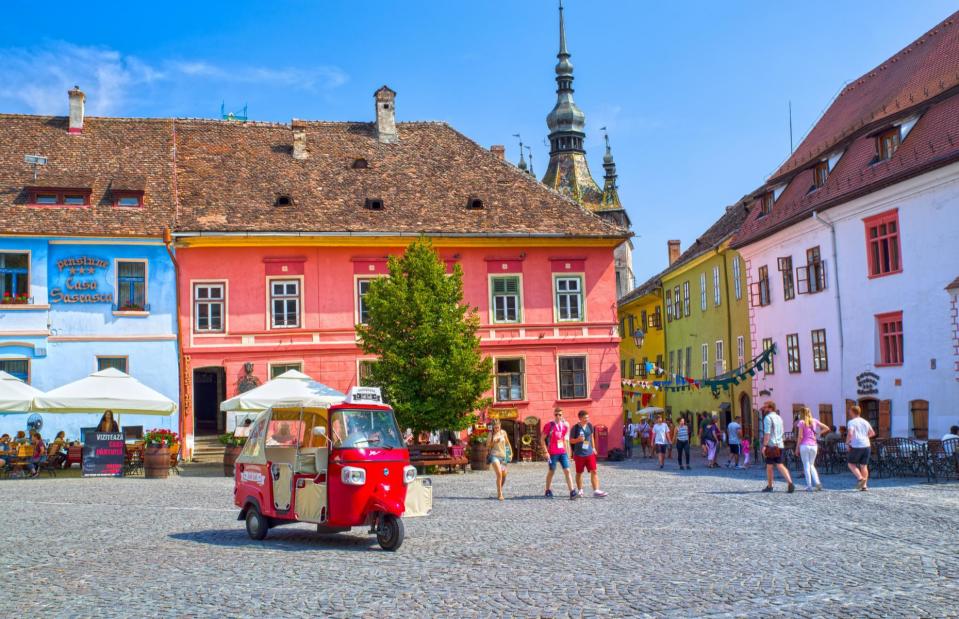
Cosmin Sava/Shutterstock
Given that this Transylvanian town was on the edge of the Ottoman Empire – and subject to many attacks during the medieval period – it's amazing that so much of its early architecture remains. Set in the heart of Romania, Sighisoara originated in the 12th century when it was colonized by the Saxons. Today a magnificent citadel still sits atop the main hill, surrounded by a ring of walls and nine towers, including a clock tower.
Monsanto, Portugal
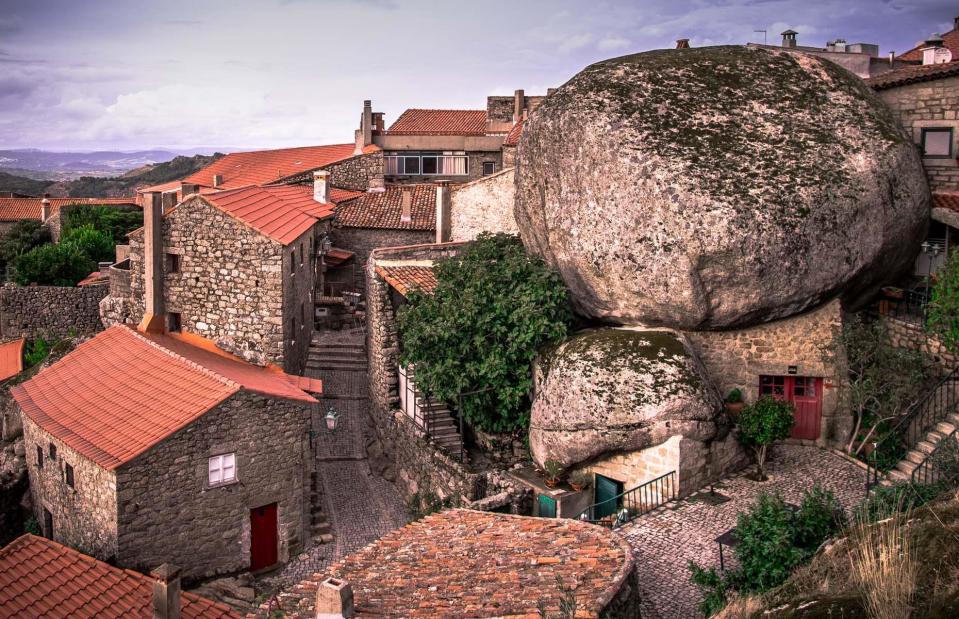
Kellee Kovalsky/Shutterstock
Nestling close to the Spanish border, the Portuguese village of Monsanto was the main town in this region in the 12th century. The castle, the ruins of which are still visible today, was constructed in 1171 and used as a defense against the Moors. Other charming sights include the red-roofed buildings and narrow streets which, in more recent times, earned Monsanta the title of “most Portuguese village in Portugal". It’s the geology that really stands out, though – huge granite boulders litter the landscape and appear to be almost crushing the tiny houses.
Nuremberg, Germany
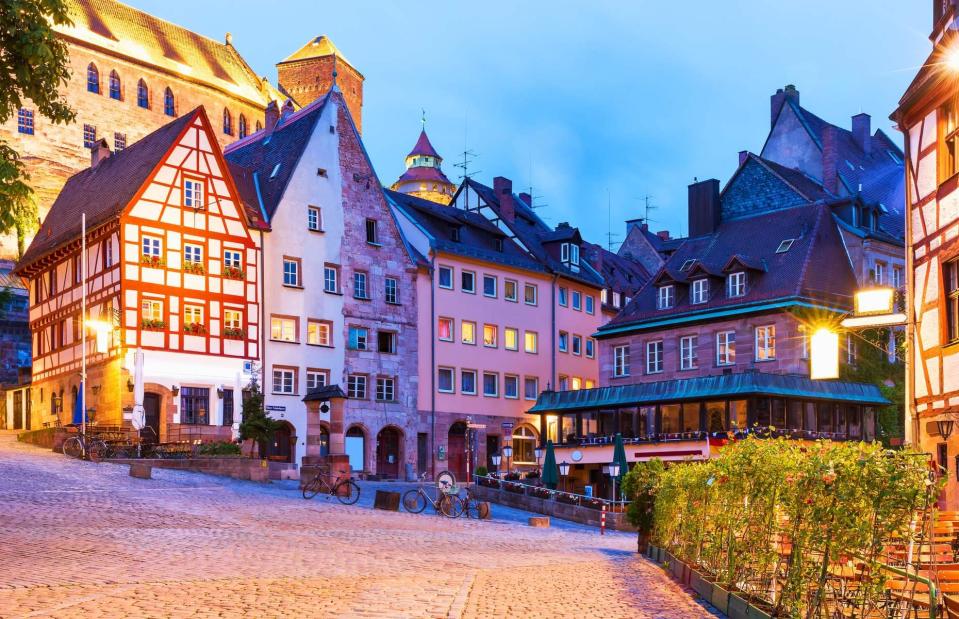
Oleksiy Mark/Shutterstock
Situated in the south German state of Bavaria, Nuremberg was first mentioned in 1050 as a settlement surrounding the castle. As the Middle Ages progressed, the city became a center of commerce, trade, manufacturing and the arts. The artist Albrecht Durer was born here and his half-timbered house, built in 1507, survives. Other attractions include the beautiful 14th-century Schöner Brunnen fountain and the Hauptmarkt, which remains a center of trade today.
Chester, England
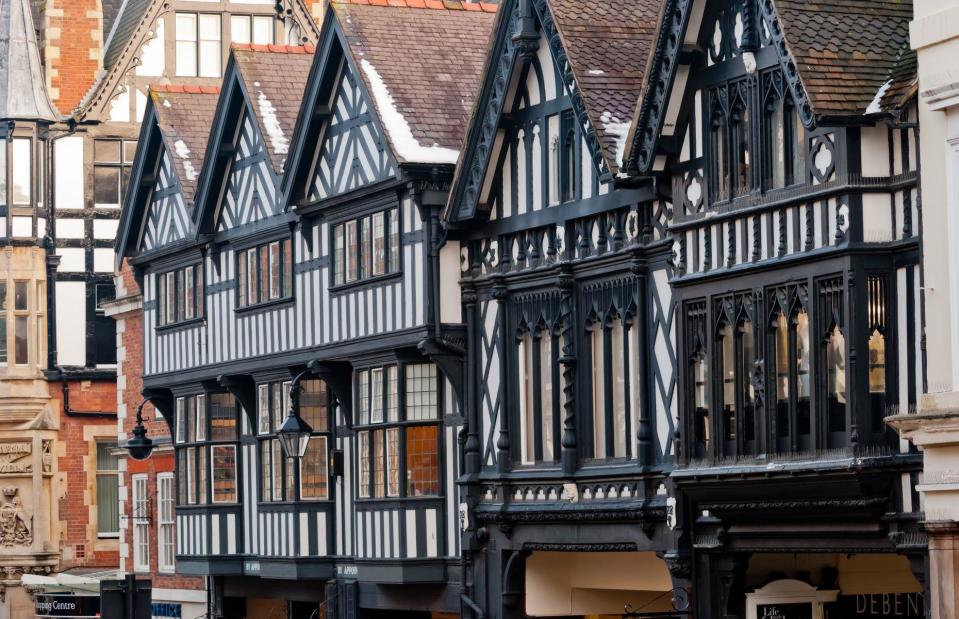
Marco Saracco/Shutterstock
The magnificent walls that surround the city of Chester, located on the River Dee in northwest England, were completed by the middle of the 12th century. Nearly 2 miles (3.2km) in length, they encompass a beautiful city bursting with medieval architecture. The unique Chester Rows, or galleries, were built in the 13th century and comprise a series of covered walkways behind which stand the city’s shops. The Three Old Arches on Bridge Street is considered to be the oldest shop front in Britain.
Pingyao, China
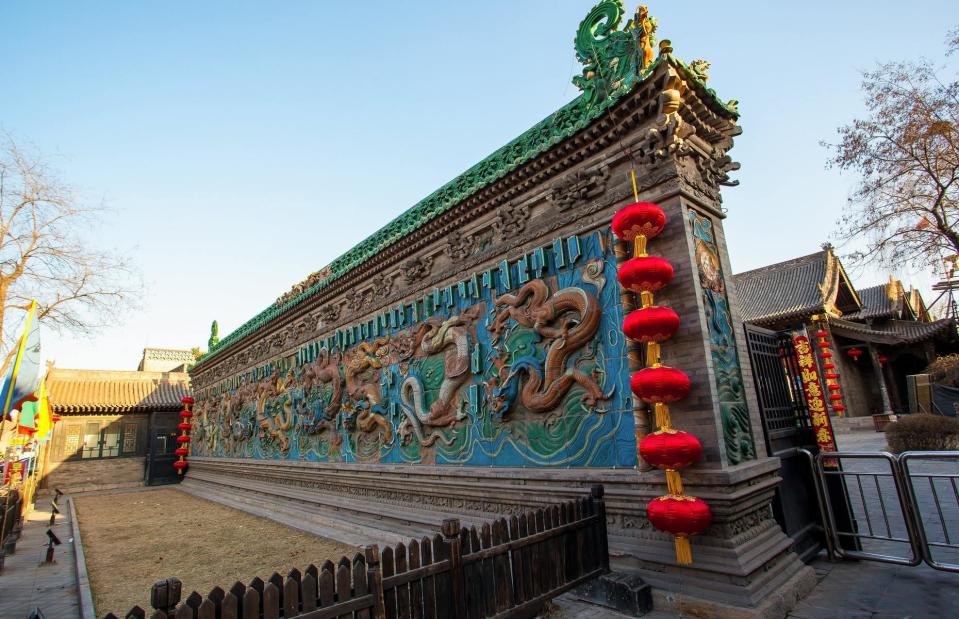
Meiqianbao/Shutterstock
Pingyao, which lies around 360 miles (579km) south west of Beijing, flourished during the Ming Dynasty (1368–1644). The shape of its magnificent walls earned it the nickname Turtle City, as the six gates and criss-crossing paths between them look like the four legs, head, tail and patterned shell of a turtle. The Ming-Qing shopping street retains its medieval architecture and two grooves, worn in by centuries of wheeled carts on the stone thresholds, are still visible.
Troyes, France
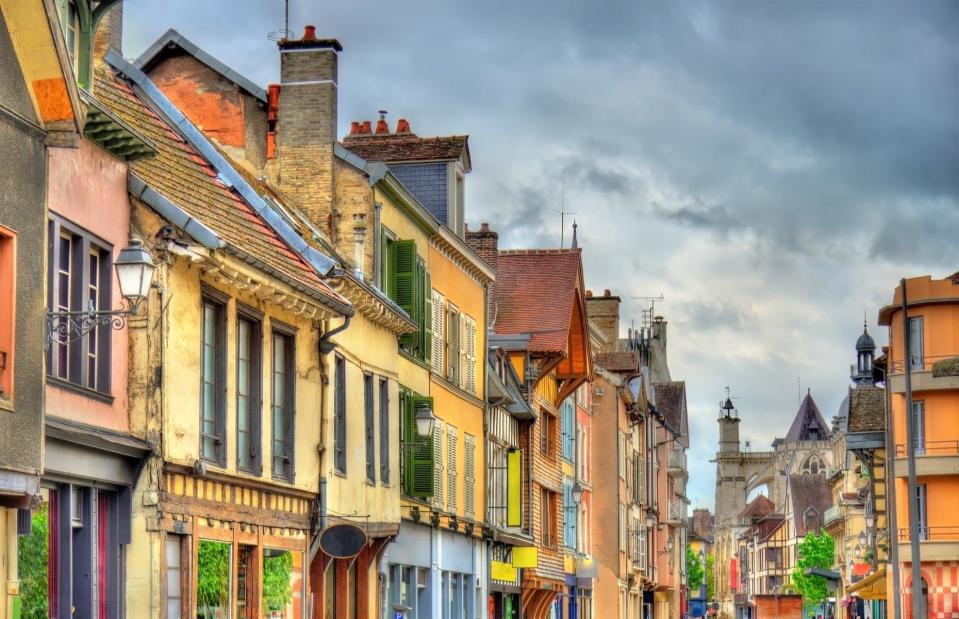
Leonid Andronov/Shutterstock
A historic city in northeastern France, Troyes became incredibly wealthy through trade in the Middle Ages. The city hosted two annual trade fairs, which drew merchants from all over Europe and the Troy Weight, on which the imperial system of weights is based, is even named after the city. Troyes’ well-preserved half-timbered buildings still produce a delightful patchwork of contrasting pastel colours today.
Prague, Czech Republic
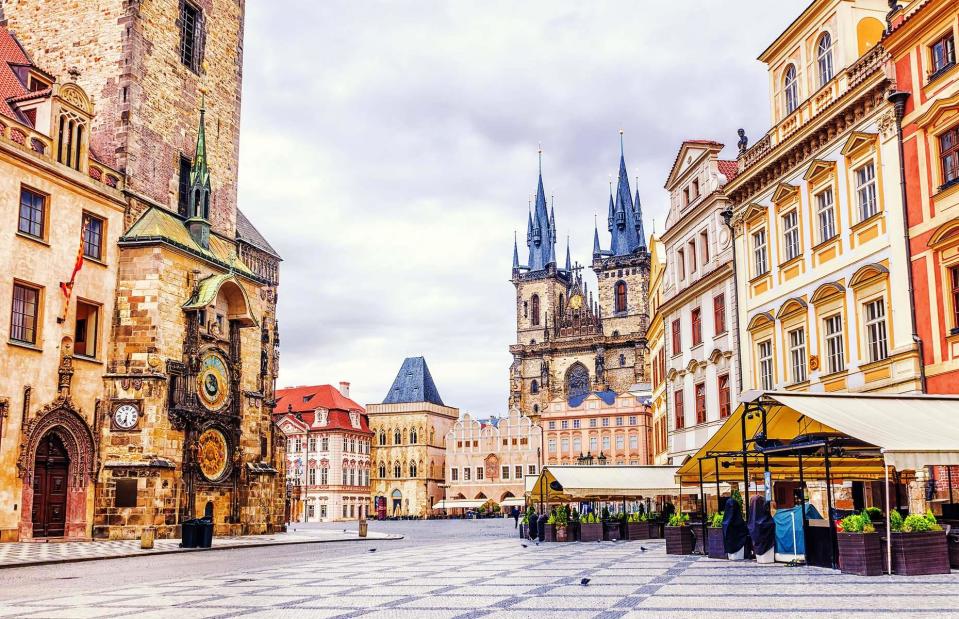
dimbar76/Shutterstock
Prague escaped destruction in the Second World War and is therefore home to a wealth of Romanesque and Gothic architecture, dating from 800 to the 15th century. Among its many medieval jewels is a still functioning astronomical clock on the side of the Old Town Hall – it was built in 1410 and its technical skill is a testament to medieval craftsmanship. Prague sits on the river Vltava and the beautiful Charles Bridge, built in 1357, is another historic wonder.
Rostov, Russia
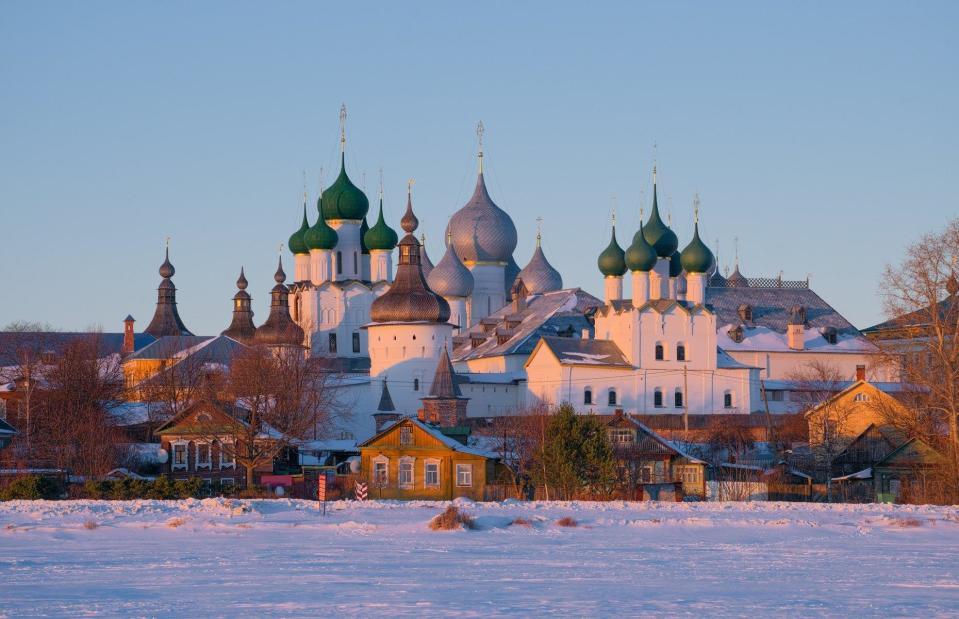
Gorshkov Igor/Shutterstock
Located around 130 miles (200km) northeast of Moscow along Lake Nero, Rostov is often called The Great, to distinguish it from the southern city of Rostov-on-Don. It became famous as a great religious center in the 14th century and its Kremlin is said to be the finest outside Moscow. The central square is home to the Cathedral of the Assumption, the lower parts of which date from the 12th century.
Girona, Spain
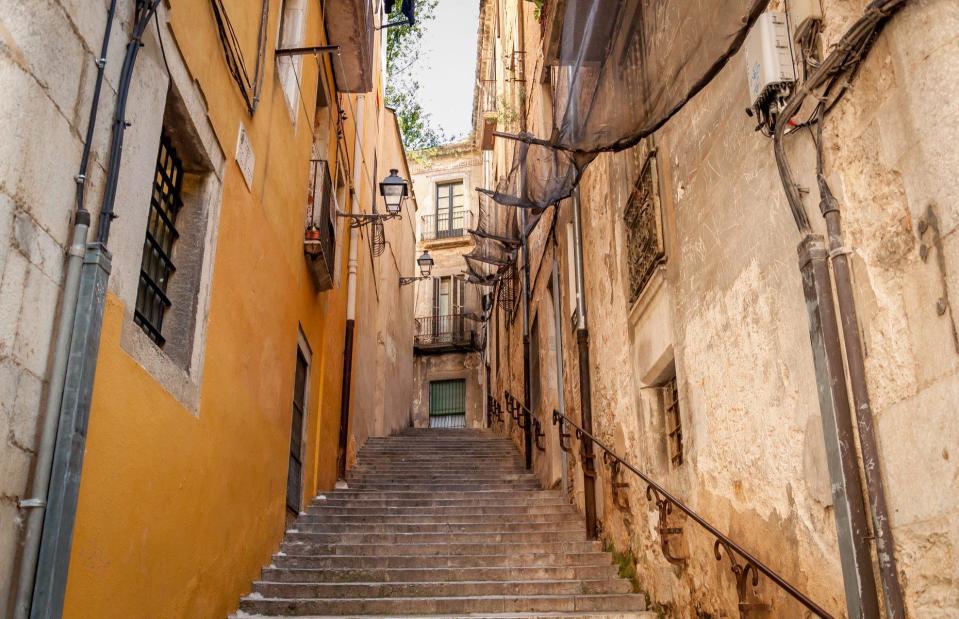
Travel Addicts/Shutterstock
You may recognize the Catalonian city of Girona from season six of Game of Thrones, where it was called Braavos – but it's filled with real-life medieval wonders too. The city walls were originally Roman, but enlarged in the 800s, and again in the 14th century. Meanwhile, the Museum of Girona Cathedral contains the Tapestry of Creation, which was made in the 11th century and rivals the Bayeux Tapestry in size and importance. Girona also has a beautifully preserved Jewish quarter, which flourished in medieval times until the expulsion of the Jews in 1492.
Istanbul, Turkey
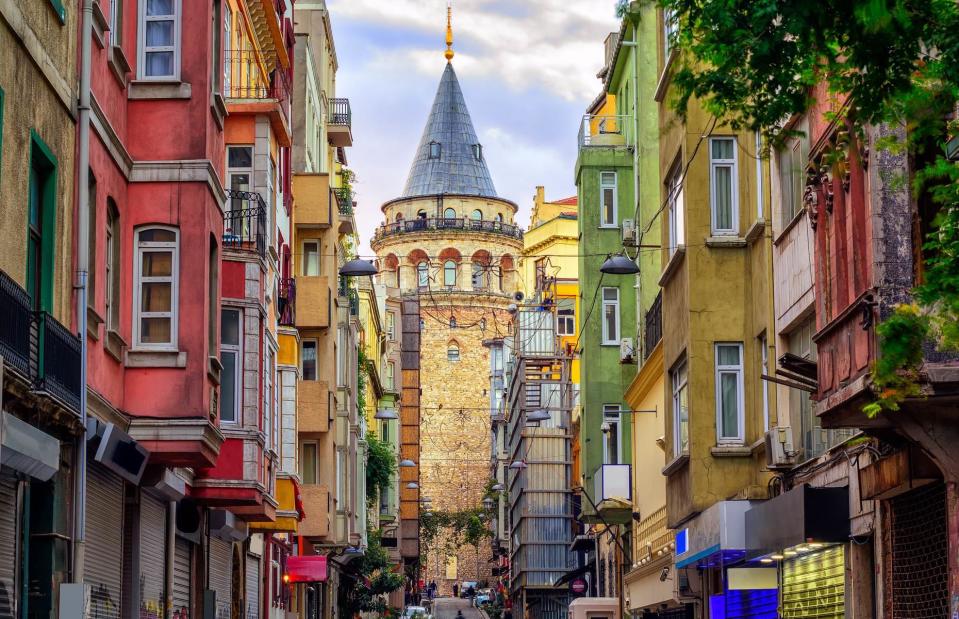
Boris Stroujko/Shutterstock
Originally called Constantinople, Istanbul has an ancient history but flourished during the medieval period. The city is situated between Europe and Asia, and Christianity and Islam vied for dominance here. The Hagia Sophia, constructed from 537, was a Christian cathedral until 1453, then a mosque for 500 years (it functions as a mosque again today). The Topkapi palace, built from 1466 for the Sultan, is also impressive, but it’s the medieval street markets of the ordinary people that really bring the city to life.
Rhodes, Greece
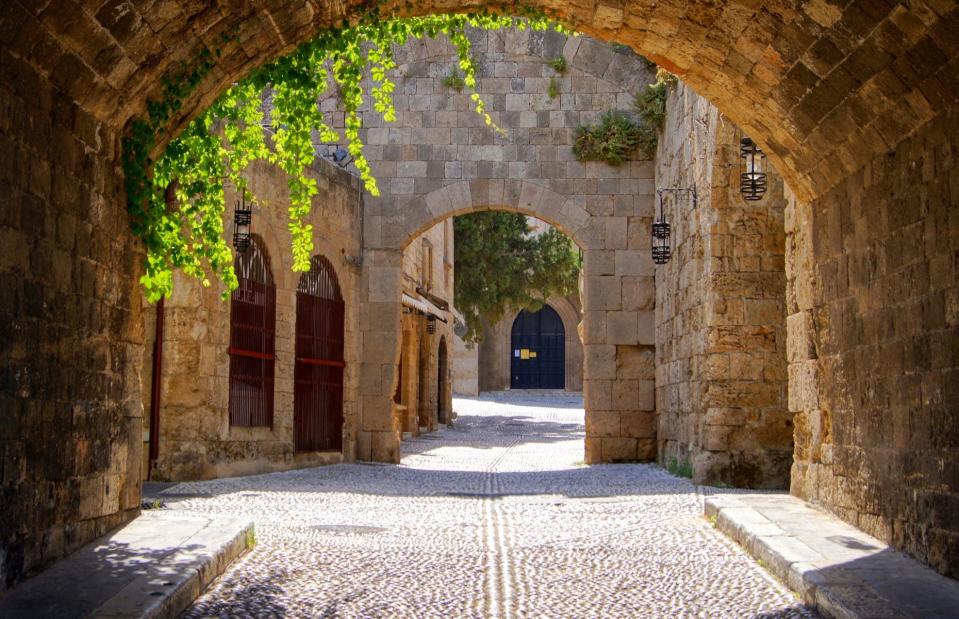
JeniFoto/Shutterstock
The island of Rhodes, off the east coast of Greece, has a wealth of ancient structures – but its perfectly preserved medieval city is a wonder to behold. In 1309, the military Order of the Knights of Saint John of Jerusalem made their headquarters on the island and set about transforming it into a stronghold. It later came under Italian and then Turkish rule. The beauty of the Gothic architecture, constructed in white stone, makes the city shine like a jewel.
Nara, Japan
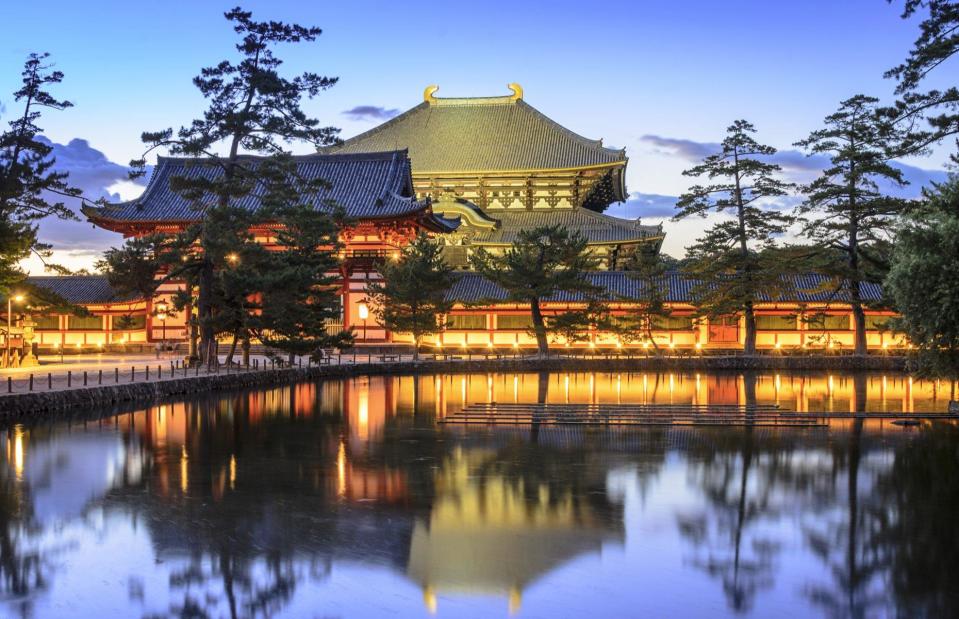
Sean Pavone/Shutterstock
Nara, 20 miles (32km) east of Osaka in southern Japan, was the capital and seat of the Emperor in the 8th century. The city has many ancient Buddhist temples including the Seven Great Temples, which are storied wooden pagodas dating from the 8th century. But Nara is perhaps most famous for its deer: going right back to the medieval period, deer were considered sacred messengers and they still roam the city today.
Visby, Sweden
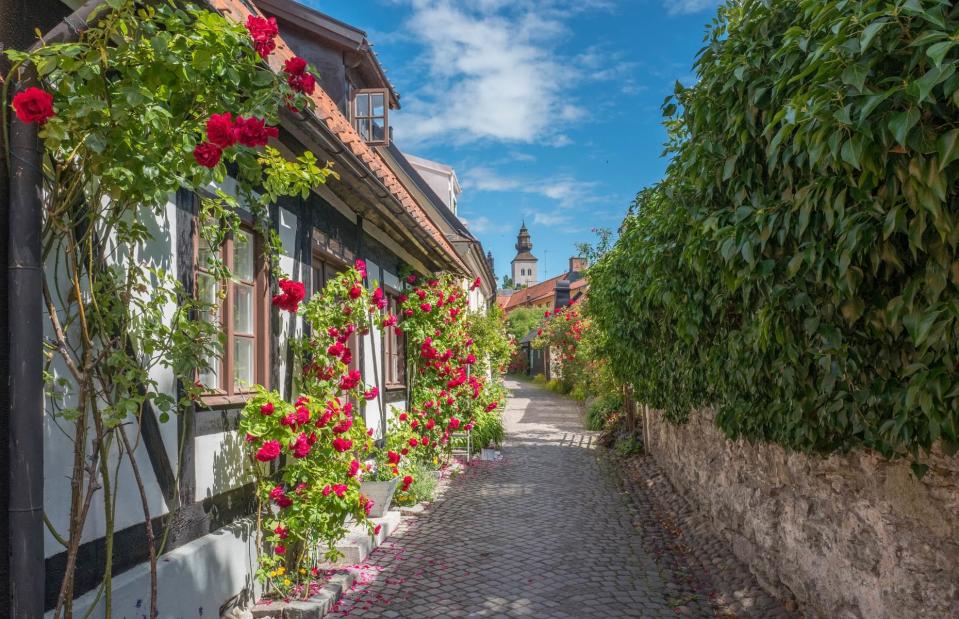
Rolf_52/Shutterstock
The beautifully preserved medieval town of Visby is situated on the island of Gotland, off the southeast Swedish coast. Visby grew rich on the trade between Russia and Western Europe and by 1161 was one of the principal cities of northern Europe. It’s famous for a brutal battle fought in 1361 between the locals and the Danes, after which the city went into decline. However, today its well-preserved walls and tower gates, 14th-century merchant houses and cathedral make it a jewel in Scandinavia's glittering crown.
Carcassonne, France
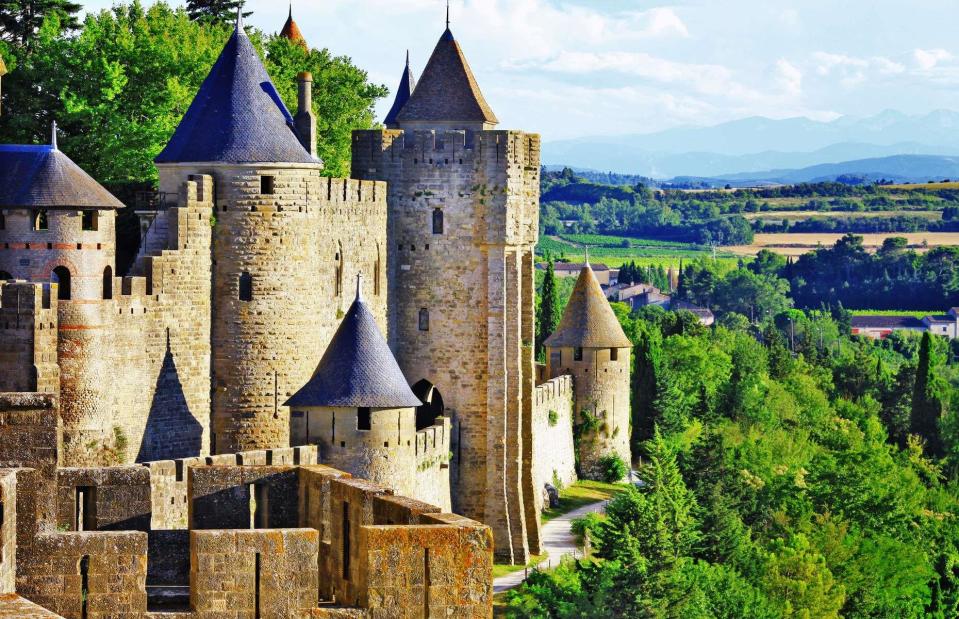
leoks/Shutterstock
Situated in the beautiful Aude Valley, the 13th-century slate roofs of Carcassonne's 52 towers are a vision of beauty, glinting in the sun. These towers fortify the outer and inner ring of the city walls. Within the fortifications, there is a wealth of winding cobbled streets and houses which make up La Cité Médiévale.
Dubrovnik, Croatia
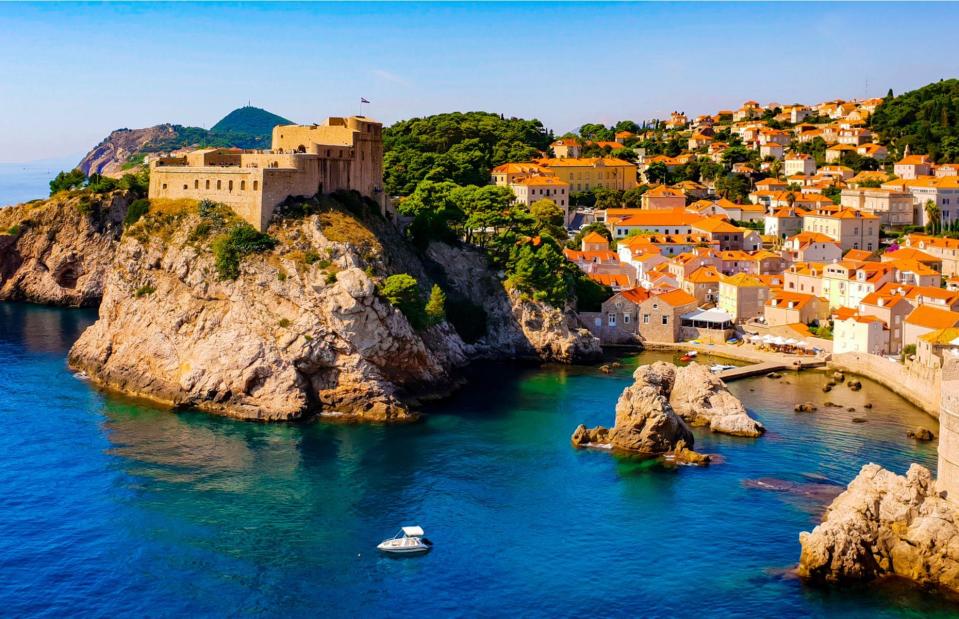
Thornova Photography/Shutterstock
This walled medieval city, formerly called Ragusa, is set on a rocky outcrop in the southern tip of Croatia, looking out over the Adriatic. For centuries, Dubrovnik rivalled Venice as a trading port and its stone walls, built between the 11th and 17th centuries, gave the city vital protection. After damage wrought during the Bosnian War in the 1990s, the city is back to its former beauty.
Tallinn, Estonia
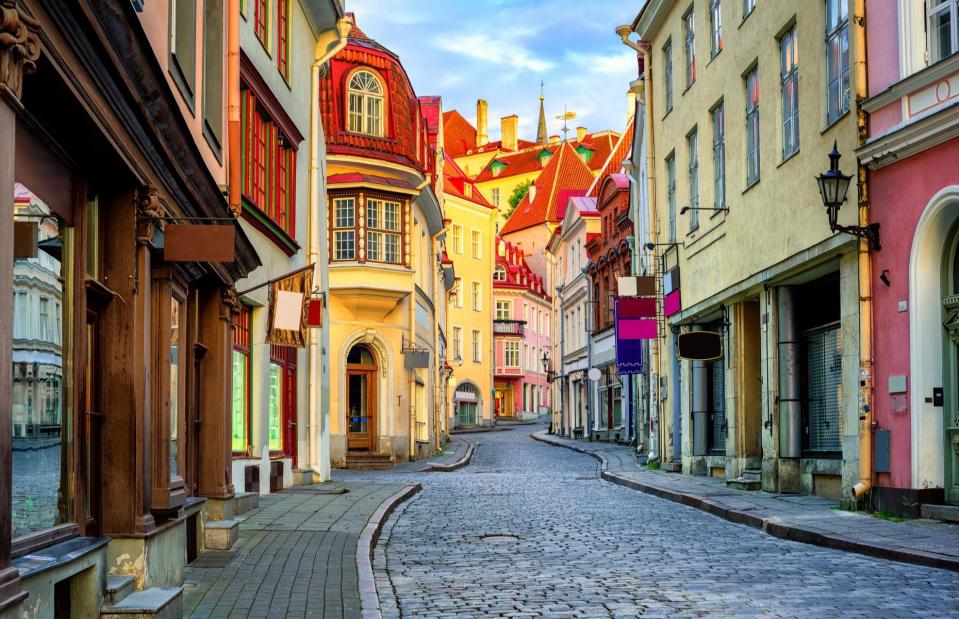
Boris Stroujko/Shutterstock
The Estonian capital is first mentioned in the record of 1219 during an attack by the Danes when the area fell under their control. Tallinn grew prosperous on trade and the magnificent town hall, located in the main square, dates from 1402, while the Great Guild Hall built in 1407 is evidence of the importance of its merchants. Tallinn’s many churches fill the skyline, the oldest being St Mary’s which dates from the 13th century
Frias, Spain
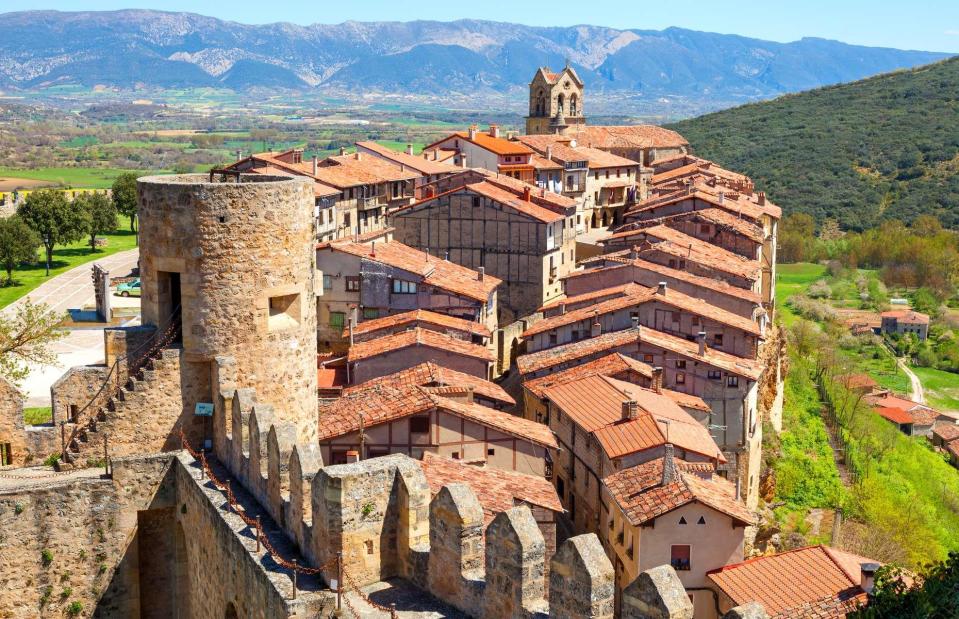
Jose Ignacio Soto/Shutterstock
In 1435, Frias was given the title 'the smallest city in Spain' and today it is home to only 275 inhabitants. Situated south of Bilbao, in the north of the country, Frias lies on the hills overlooking the river Ebro and is dominated by its castle, built between the 12th and 15th centuries. Near the town is a well-preserved medieval bridge over the river, while the sloping red roofs, stone houses and narrow streets give the impression Frias remains frozen in time.
Hallstatt, Austria
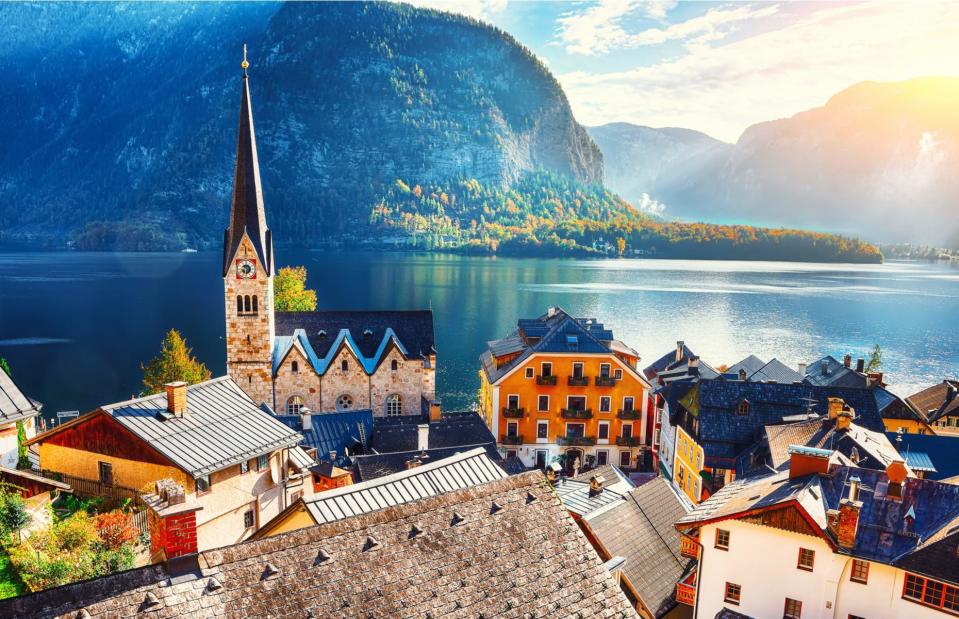
Vadym Lavra/Shutterstock
Although an 18th-century fire destroyed many of the medieval wooden buildings here, Hallstatt still retains much of its original beauty. Located in Upper Austria, the town grew wealthy from its trade in salt since prehistoric times, and its relative isolation means it has kept its picture-postcard appearance. Mountain-fringed Hallstatt is also said to be the inspiration for Arendelle in the Disney franchise Frozen.
Mostar, Bosnia Herzegovina
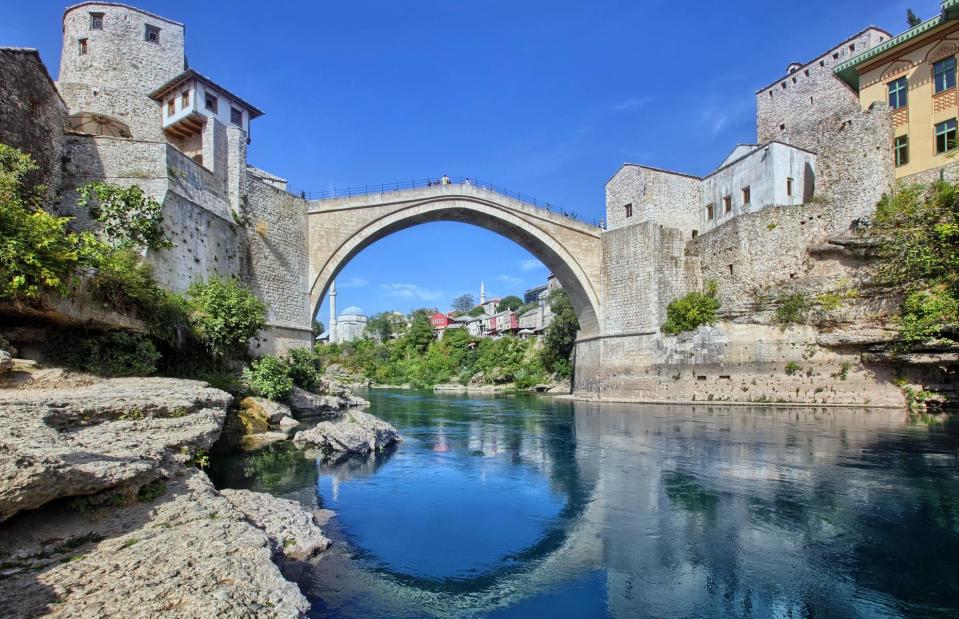
Mikael Damkier/Shutterstock
The word Most means bridge in Slavic languages and this town is named after its most famous feature, a bridge that spans the river Neretva. Mostar began as a trading town between the Adriatic coast and central Bosnia in medieval times – the pedestrian bridge was then made of wood, but was rebuilt in stone in 1468 when the town came under the rule of the Ottoman Empire. Tragically, the 400-year-old bridge was destroyed during the Bosnian war in the 1990s, but has since been reconstructed.
Siena, Italy
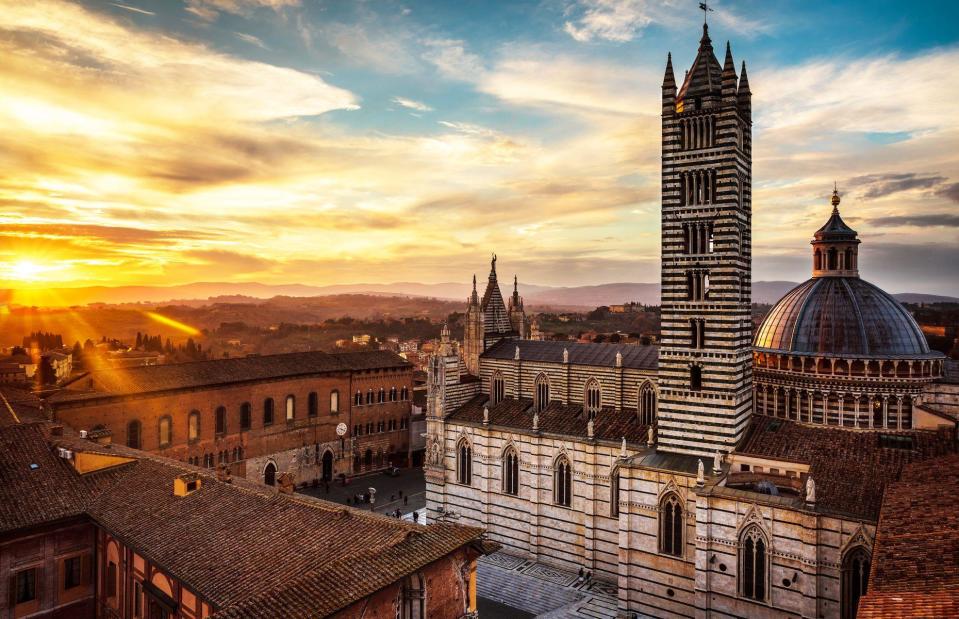
Sabino Parente/Shutterstock
Set in the beautiful Tuscan countryside, Siena is a jewel of a city. Although it has Roman origins, the city was rebuilt in the medieval period with the huge Piazza del Campo at its heart. Between 1278 and 1355, The Council of Nine ran Siena and built the Piazza to symbolize the cloak of the Madonna, protecting Siena. The Council also instituted the famous twice-yearly horse race. The particular red of Siena's bricks also gave rise to the colour known as Burnt Sienna.
Rothenburg ob der Tauber, Germany
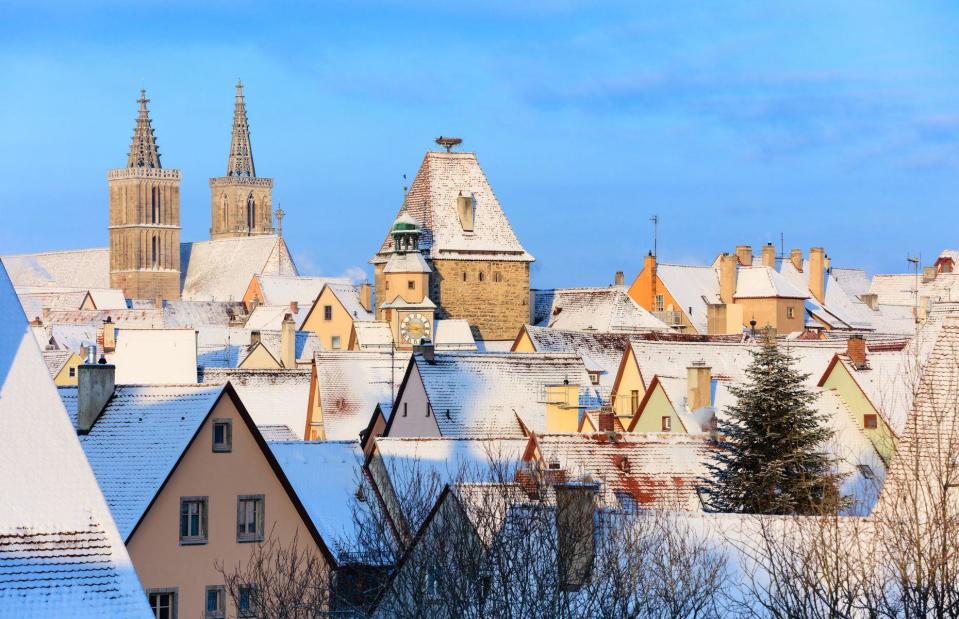
Lena Serditova/Shutterstock
Rothenburg, located in the Franconia region of Bavaria, is thought to be medieval Germany’s second-largest town and is now one of its best preserved walled cities. The settlement is first mentioned in 970 and the first castle was built 100 years later. In 1170 the town received its city rights and the walled defenses were built. Work also began on St James Church in 1311 and the beautiful carved wooden altar was completed in 1484. Today the pretty town could still pass for the location of a Brothers Grimm fairy tale.
Bergen, Norway
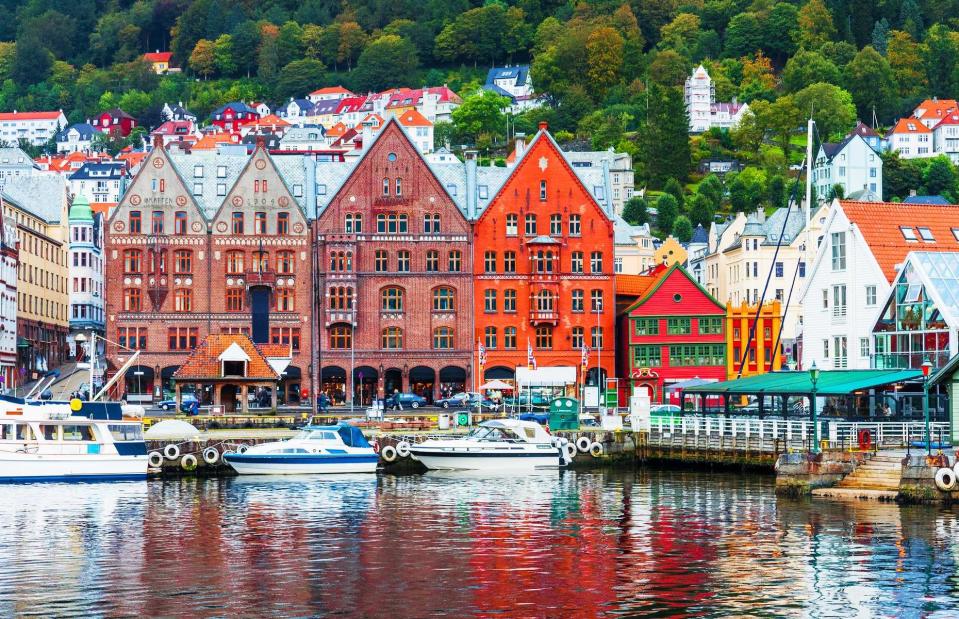
Oleksiy Mark/Shutterstock
Meaning the ‘green meadow among the mountains’, Bergen, originally founded in 1070, grew into a major trading town with easy access to the rest of Europe. In the 13th century, it became the capital of Norway and the Bergenhus Fortress was constructed in 1240. Although the capital moved to the south, Bergen continued to prosper, and the quayside is still lined with the wooden merchant houses from that time.
Delft, The Netherlands

S-F/Shutterstock
This city, in the west of The Netherlands, lies along the Schie waterway between Rotterdam and The Hague – it was founded in 1075 and given its charter in 1246. Then, in 1389, the Schie was made into a canal, and the goods that were traded in and out of the city made Delft the most important city in the Netherlands in the medieval period. Bolstering the city further, the huge brick Eastern Gate (the only one surviving of four gates) was built in 1400, and enhanced by towers around a century later.
Krakow, Poland
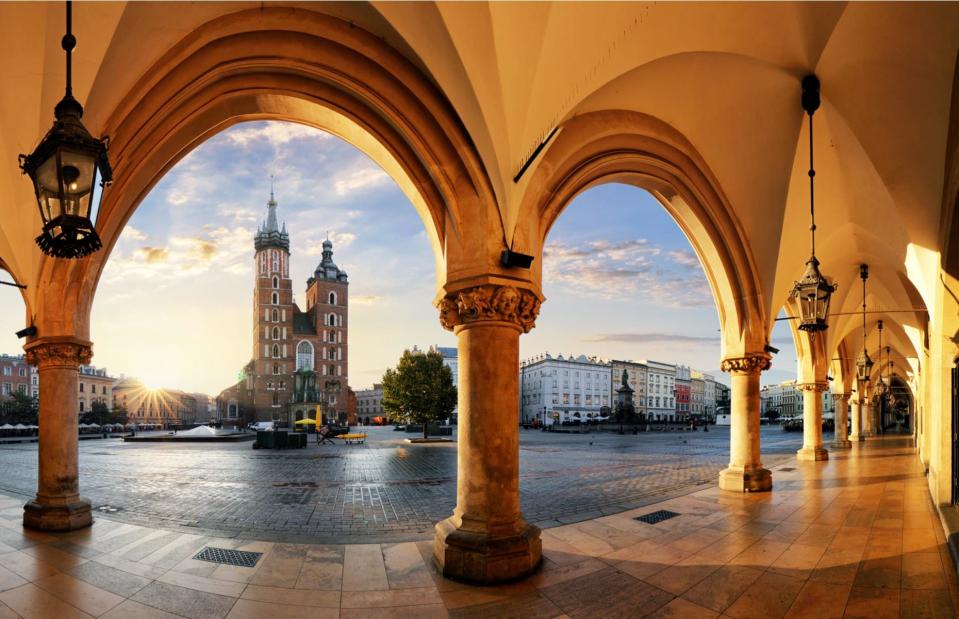
TTstudio/Shutterstock
Located in the south of Poland, Krakow has the best preserved original medieval architecture in the country. Dating from the 10th century, the city grew as a trading center, bursting with opulent merchants’ homes. In 1320, King Wladyslaw united Poland and made Krakow the capital with the royal palace at Wawel. The medieval Jagiellonian University is one of the oldest in Europe and the huge market square is a testament to the wealth and power of this trading city.
Colmar, France
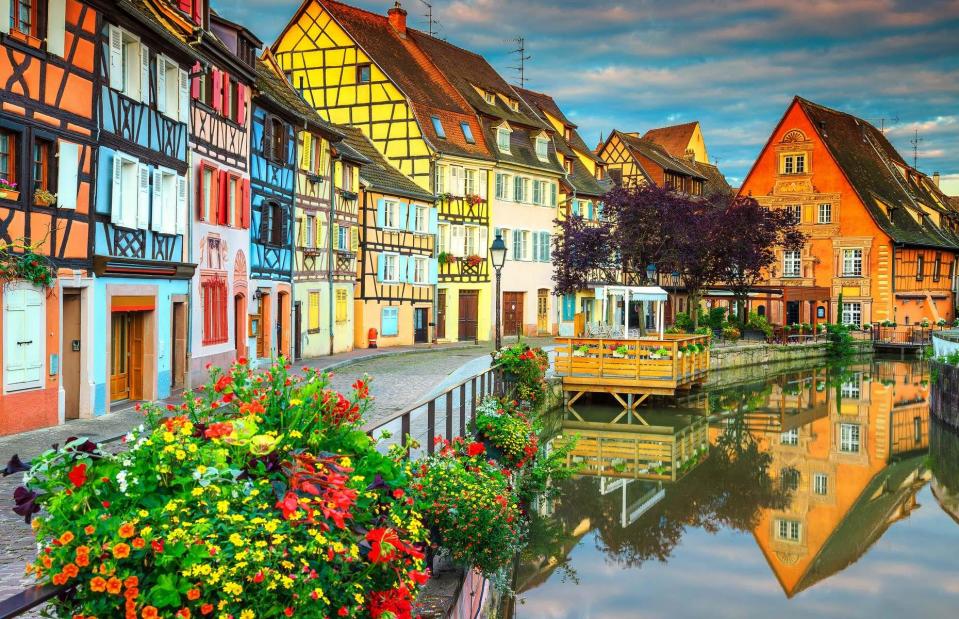
Gaspar Janos/Shutterstock
Some argue that Colmar is the most beautiful city in Europe – and they could be right. This picture-perfect place lies in the Alsace region of France, south of Strasbourg, and is first mentioned in records around AD 823. By the 1200s, Colmar had become prosperous due to its location on the wine trade routes, with the rivers Lauch and Thur providing easy access. Colmar’s brightly-coloured half-timbered houses, quaint streets and ornate market squares give the feeling you really have stepped back in time.
Now check out the world's most beautiful walled towns and cities


